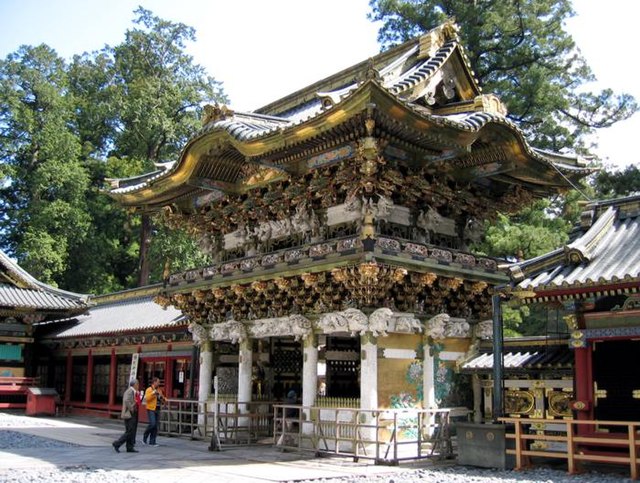Loading AI tools
From Wikipedia, the free encyclopedia
The Nikkō Kaidō (日光街道) was one of the centrally administered five routes of the Edo period. It was built to connect the de facto capital of Japan at Edo (modern-day Tokyo) with the temple-shrine complex of the Mangan-ji and Tōshōsha (now called the Rinnō-ji and Tōshōgū), which are located in the present-day city of Nikkō, Tochigi Prefecture, Japan. It was an ancient path that became formalised when power moved to Edo, and was established fully in 1617 by Tokugawa Hidetada, to give safer access to the temple-shrine mausoleum of his father, the first shogun Tokugawa Ieyasu, who was buried there that year.[1] With only twenty-one stations, the Nikkō Kaidō was the shortest of the five routes, and it shares seventeen stations with the Ōshū Kaidō. Its route can be traced with Japan's National Route 4 and National Route 119.

The 21 stations of the Nikkō Kaidō are listed below in order and are divided by their modern-day prefecture. The present day municipality is listed afterwards in parentheses.


Seamless Wikipedia browsing. On steroids.
Every time you click a link to Wikipedia, Wiktionary or Wikiquote in your browser's search results, it will show the modern Wikiwand interface.
Wikiwand extension is a five stars, simple, with minimum permission required to keep your browsing private, safe and transparent.